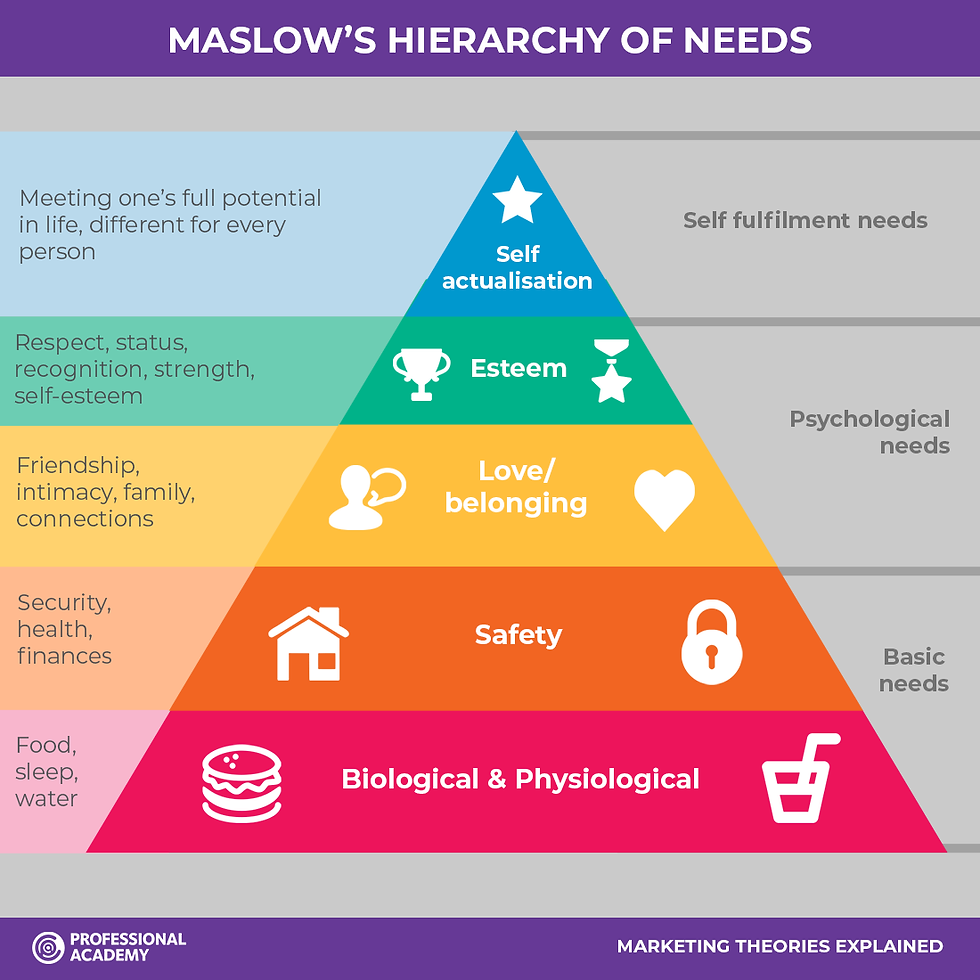Difficult conversations are easier when you have high Emotional Intelligence
- Danielle Mik

- Sep 23, 2023
- 3 min read
DIFFICULT CONVERSATIONS Require Emotional Reasoning
If we enter into a difficult conversation with our emotions running high - it often doesn't go well! No doubt we have all experienced that! Awkward conversations are easiest when we are in a positive frame of mind and have our emotions under control. People who incorporate emotional information as well as technical information in their decision making tend to make more informed decisions. Research shows that when people take the feelings and perspectives of others into consideration, and demonstrate this in the way they communicate their decisions, they typically generate greater ‘buy-in’ and support.
Emotions are not just something we feel, they are a source of information about our relationships with the world. The Emotional Reasoning skill is about the extent to which we incorporate emotional information in daily reasoning and decision- making, and the conversations we have with others to convey this information.
Emotional Reasoning is about the the extent to which we consider how we feel about different options when making decisions and how different choices might affect both ourselves and others emotionally. When we are having a conversation about a topic that can be sensitive - like - politics, religion, abortion, same sex marriage etc - we often engage our emotional brain before our rational brain when we talk - these sorts of topics generally have significant meaning to us because they are connected to core beliefs and values. This means we attach intense emotion to these topics, as our views are part of the way we see the world. Our way of life and survival are connected to our view of these issues, so we feel threatened when these views are challenged so we can find ourselves experiencing a fight/flight response when discussing something we perceive as threatening our way of life and survival.
We can follow a decision making framework to guide us when grappling with sensitive topics - its simple and logical, this decision-making framework involves considering different types of information in a logical and consistent framework, weighing up this information and arriving at, and communicating decisions accordingly.
Always start with the end in mind - what is it that you want to achieve from a conversation? Work that out first and then prepare your conversation from there.
Gather the Facts - what are the technical facts and data surrounding the issue?
Key Stakeholders - consider who the key stakeholders are. Will the decision affect others? Consider the feelings and perspectives (both perceived and real) of the other parties concerned.
My and others feelings and perspectives - think about and consider your own feelings on the issue and list what they are. If there are several different choices, describe how you feel about each – do the same for the others impacted
Solution - arrive at a “solution” (or decision) that weighs up all the information and perspectives gained from using the emotional reasoning cycle. That is, consider the facts, technical information, your own and others’ feelings and articulate a solution that reflects these various sources of information.
Delivery (Communicate the Decision) -the final component of this framework is to consider how you can communicate the decision that is made in a way that reflects the process. That is, a way that discusses the technical facts and data, your own feelings and the feelings and perspectives of others involved. This is particularly important when decisions are made above, handed down and need to be communicated. Even if the decision is not going to be liked, if this is acknowledged and discussed, people will buy-into the decision more than if their feelings are ignored.

When its time to have the difficult conversation - REMEMBER - its always important to PREPARE (remember the Boy Scouts motto??) – any difficult conversation warrants a degree of planning and consideration BEFORE launching! High stakes and strong emotions tend to engage our emotional brain, which in many cases narrows our thinking (aka we cant think of anything else but how angry or sad we are).
Planning engages that balance between emotion and fact (emotional reasoning).
Also, it helps you think about what you would like to say and how to say it.
Good luck with that next difficult conversation!!






Comments